Stop #9- Old State House Museum
"Built in 1713, the Old State House is Boston's oldest surviving public building. It was the center of political and commercial life, housing the merchant's exchange (a precursor to today's stock exchange) on the ground floor and the royally-appointed government offices and the freely elected members of the Assembly of the Massachusetts Bay Colony on the upper floors. The site played a central role in the story of rebellion, from James Otis' 1761 speech against the Writs of Assistance to the Boston Massacre in 1770 to the reading of the Declaration of Independence from the east balcony in July 1776."
I love how Boston is a combination of the really old and really new.
Stop #10- Boston Massacre
"Adjacent to the Old State House, a ring of cobblestones commemorates the Boston Massacre. Five men were killed in this clash between Colonists and Redcoats. Amon the slain men was Crispus Attucks, the first African-American to die for the patriotic cause. Interestingly, John Adams and Josiah Quincy, loyal to justice as well as the patriotic cause, defended the British soldiers. All but two were acquitted. The guilty had their thumbs branded and were then set free."
Stop #11- Faneuil Hall
"The building was a gift from wealthy merchant Peter Faneuil in 1742. Faneuil Hall served as a meeting place and on open-air market. It was here that Bostonians met to form their opposition to British authority. As a result of the impassioned speeches by such patriots as Samuel Adams and James Otis, the nickname Cradle of Liberty was earned, especially when citizens rallied against the Sugar Act, the Stamp Act, the Townsend Acts, and the landing of British troops.
Charles Bulfinch enlarged the building in 1806. After the Revolution, Bostonians continued to gather at Faneuil Hall for the anti-slavery speeches of William Lloyd Garrison, Wendell Phillips and Frederick Douglass. The women's rights movement, early temperance rallies and nearly every war since 1812 have been debated within these walls.
Qunicy Market is part of Faneuil Hall Marketplace and is full of delicious food stalls...
Right nearby is a famous Irish pub and the ideal place to enjoy a frosty pint of Guinness.
Stop #12- Paul Revere House
"Built around 1680, the Paul Revere House is the oldest remaining structure in downtown Boston. It was from here that its famous occupant set out for the midnight ride. Revere was no only a patriot, but also an expert silversmith, copper manufactuer, part-time dentist, engraver and the father of 16 children. As many as eight children lived here with him, along with his mother, first and (after 1773) his second wife."
I loved that this one looked uniquely different than the others on the Freedom Trail.
We thought this was Old North Church but it turned out it was St. Stephen's Catholic Church, built in 1802. It was Rose Kennedy's church and where her funeral was held in 1995.
Old North is Boston's oldest church building. It offers a wealth of historic works, including the first bells brought to the Colonies, its original 18th-century brass chandeliers and clock, and the 17th-century carved angels that were captured by a Colonial privateer. More than 1000 individuals lay in rest in the underground crypt, including the Royal Governor's second-in-command at Lexington and Concord."
Because of its height and prominent location overlooking Boston Harbor, the British used the burying ground to aim their cannons on Charlestown during the Battle of Bunker Hill. Target practice was also conducted here."
Then it was a mad dash back to the nearest Blue-line station to catch the subway back to the airport to pick up the rental car, get our luggage from the hotel and then drive to Kennebunkport, Maine. Amazingly, we made it just in time to grab a couple of lobster rolls for dinner.









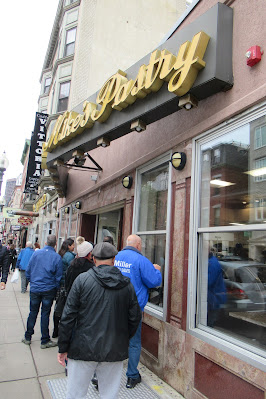








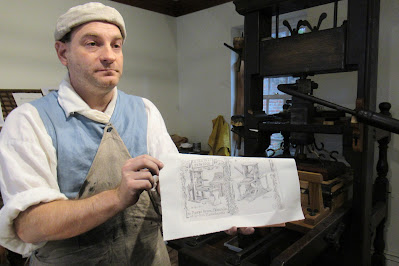









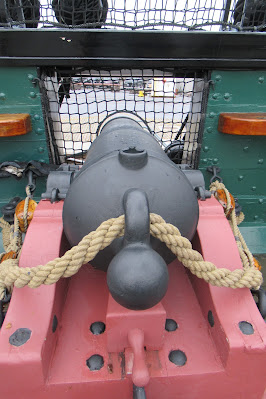

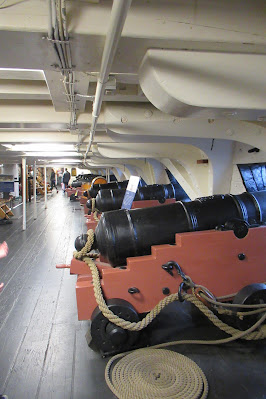




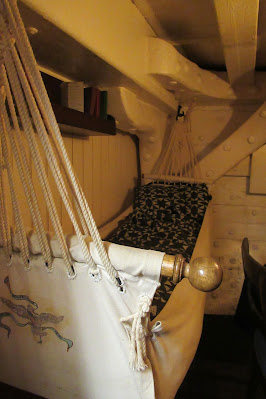



















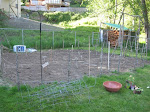
No comments:
Post a Comment